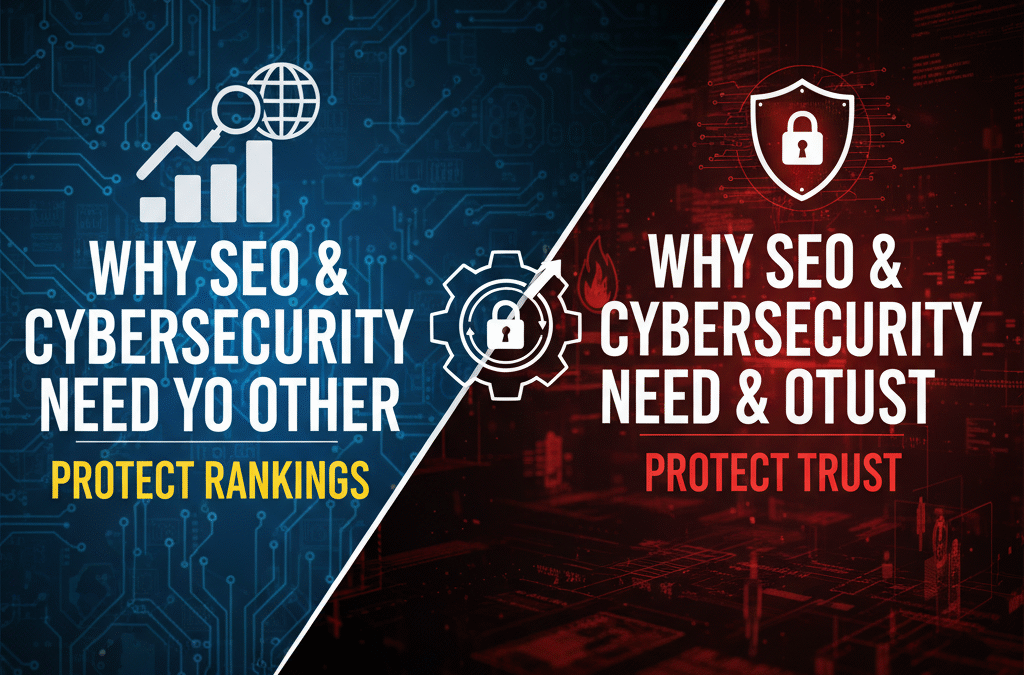
Why Smart Content Wins in the New Search Era
Most businesses today face the same frustrating problem: they publish content regularly, but very little of it ever shows up on the first page of search results.
The truth is that traditional strategies like keyword stuffing or publishing endless blog posts no longer work. Search engines look for more than repetition of phrases. They evaluate how well content matches user intent, how trustworthy it appears, and whether it offers real value. This shift has changed the rules of digital marketing. Businesses that want to stand out must focus on creating smart content—content that is thoughtful, well-structured, and designed for both people and algorithms.
This article explores what makes content “smart,” why it works in today’s search environment, and how it can help you stay ahead.
Search Has Changed, and So Have Audiences
In the past, typing a few keywords into Google was enough to get basic results. Now, searches are often in the form of questions or longer phrases. Users expect clear answers that solve problems quickly.
Search engines have adjusted to this behavior. Algorithms now prioritize context and intent. This means they try to understand why a person is searching, not just what words they type. A user who searches “best running shoes for flat feet” wants detailed advice, not a generic list of shoes. If your content misses that deeper intent, it will likely be ignored.
Data-Driven Insights Fuel Smart Content
Smart content relies on insights drawn from real data. By looking at search analytics, keyword performance, and audience behavior, you can understand what people truly want.
Data shows which questions are being asked, which formats perform best, and where competitors are leaving gaps.
This is also where SEO and AI intersect. AI tools can help process large amounts of data to uncover patterns, but the human role is just as important. Writers and marketers must use those insights to craft content that feels authentic and practical. Together, this combination produces content that stands out in competitive markets.
Content That Speaks to Search Intent
One of the most important elements of smart content is matching search intent. Every search has a purpose. Some people are looking for quick answers, others want comparisons, and some are ready to make a purchase.
If your content does not align with that purpose, it will fail to perform. For example, a blog post that provides only basic definitions will not satisfy a user searching for in-depth solutions. On the other hand, a detailed guide may overwhelm someone who only wants a short answer.
Understanding intent allows you to shape content that feels useful rather than forced. Smart content is written with the reader’s journey in mind. It anticipates questions, addresses concerns, and offers next steps. This approach helps build trust while signaling to search engines that your content is the right fit for the query.
Smart Content is Optimized for All Platforms
Search is no longer limited to desktop browsers. People search on phones, tablets, voice assistants, and even social platforms. Smart content accounts for this by being flexible and accessible everywhere.
Mobile optimization is especially critical. If content is hard to read on a phone, most users will leave within seconds. Smart content uses clear formatting, fast load times, and layouts that work across devices.
Voice search is also growing. People ask questions in a conversational style when speaking to devices. That means content needs to include natural language and direct answers to common questions. On social platforms, content should be easy to share and visually appealing.
By preparing content to perform well across multiple platforms, businesses ensure they do not lose visibility in AI in any key channel.
Trust and Authority as Ranking Factors
Search engines now prioritize signals of trust and authority. This means they look at whether content is written by knowledgeable sources, whether it links to credible references, and whether the site itself has a strong reputation.
Smart content builds authority by being accurate, well-structured, and transparent. It avoids exaggerated claims and instead relies on clear explanations. Including examples, citing reliable sources, and showing expertise in a subject area all strengthen trust.
For businesses, this also means being consistent. Publishing useful, reliable content over time establishes credibility not only with search engines but also with readers. Trust is harder to build than traffic, but once established, it creates long-term benefits that are difficult for competitors to replicate.
The direction of digital marketing is clear: content that meets higher standards wins. Search engines want to deliver the best results, and readers want clear, practical, and trustworthy information. Smart content is the bridge that connects these two demands.
It is not about writing more. It is about writing better. Smart content addresses real intent, adapts to platforms, and builds authority. It uses data-driven insights to stay ahead, while personalization keeps readers engaged. Unlike outdated tactics, it is designed to last and grow in value.
For businesses, the choice is straightforward. Continue publishing content without a clear strategy and risk being invisible, or invest in smart content that creates visibility, trust, and growth. In the new search era, smart content is no longer optional. It is the standard that defines success.











